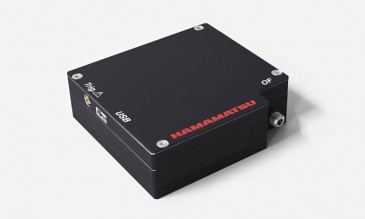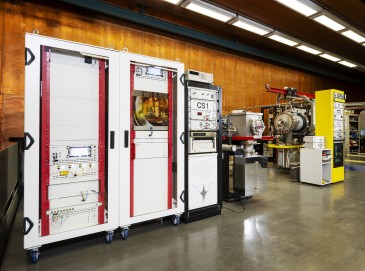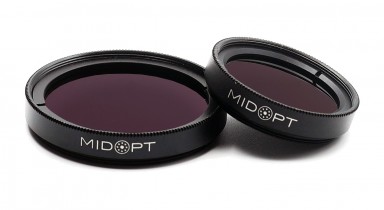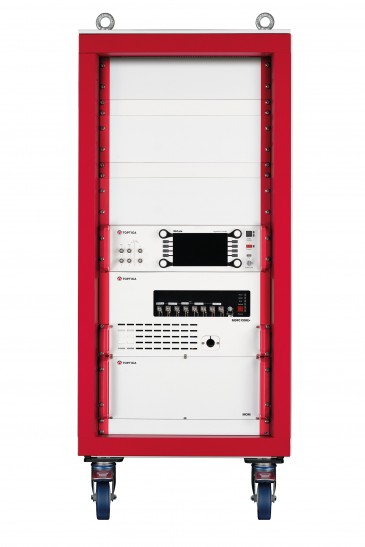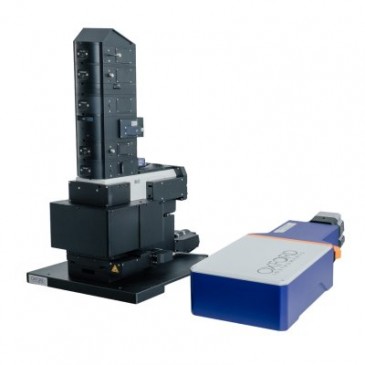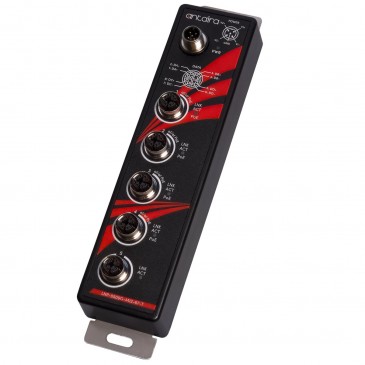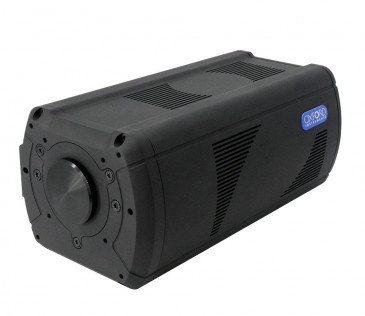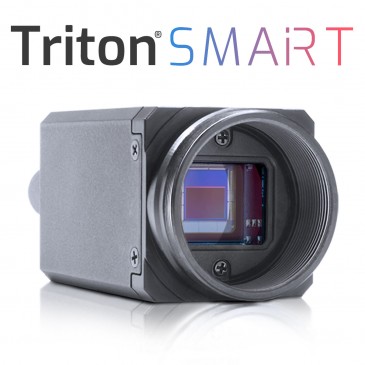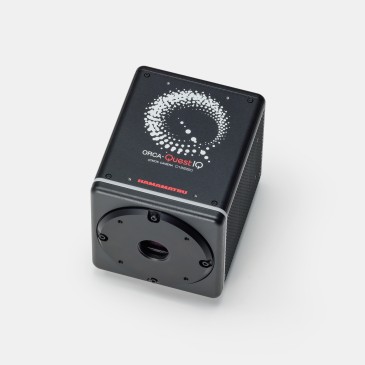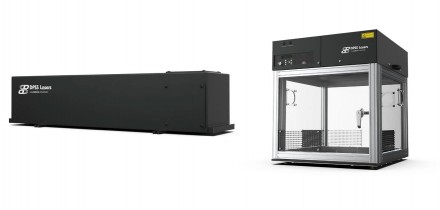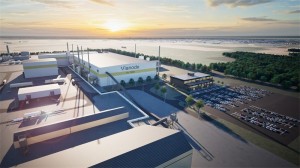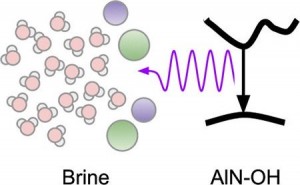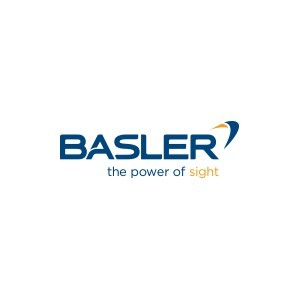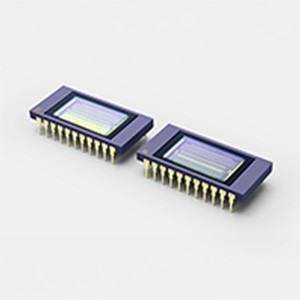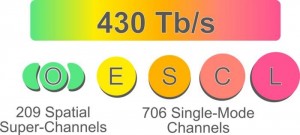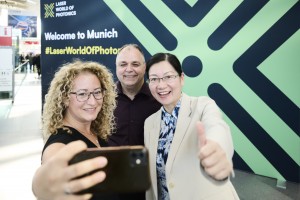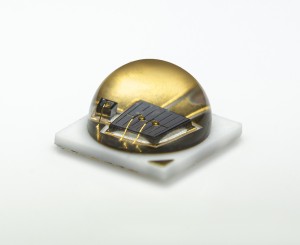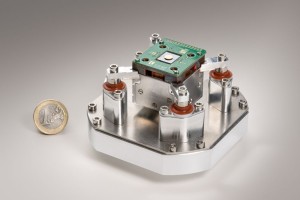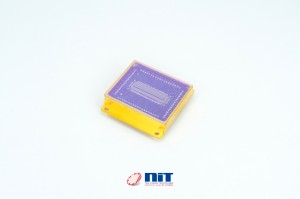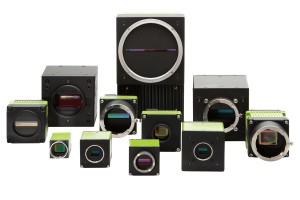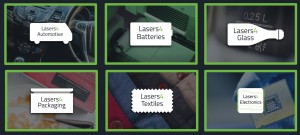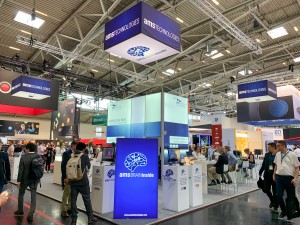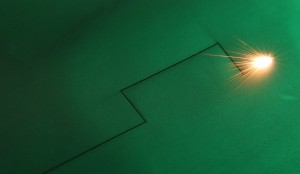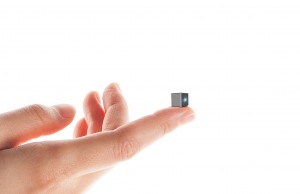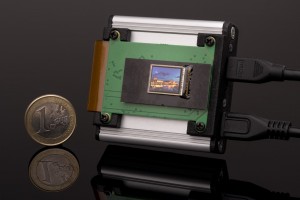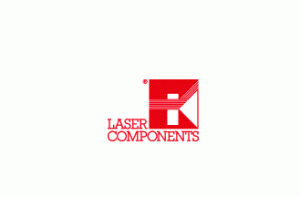
At Photonics West 2019, taking place in San Francisco, California (US) in February, Laser Components will host a workshop on the working principles of a wide variety of optics and optoelectronic components. The workshop takes place on Wednesday Feb. 6 from 9 a.m. to 4:30 p.m.
The program is designed for those who would like to be more familiar with the advantages and challenges of these technologies, as well as the trade-offs. The primary goal is to develop a better understanding of how to specify the right device and set the optimal device performance in a given application.
Participants can select one or more 30-minute sessions throughout the day, depending on the interest. Laser Components product development engineers and guest speakers will be talking about specific topics centered around three major subject matters:
- Optics: fundamentals of digital optics with spatial light modulators, insights into laser induced damage threshold and high-power laser optics, golden rules of custom laser optics coatings, and key parameters of polarizers
- Lasers: working principles of flash LiDAR detectors and technology, design solutions of transimpedance amplifiers for photodiodes to maximize the range of LiDAR systems, driving FET-based pulsed laser hybrid circuits for optimized device performance, and unique value propositions of laser-generated white light
- Detectors: working principles and comparison of different IR detector, and IR Detector nonlinearity correction
The Schedule
Part 1
9:00 AM - 11:30 AM: How to Specify Laser Optics and Polarizers
Specifying the correct optical component may determine the success of an application. This course focuses on laser damage thresholds, custom coatings, and polarizers, their functional principles, essential properties, and corresponding effects depending on the application.
9:00 AM - 9:30 AM: LIDT and High-Power Laser Optics
- Specify Laser-Induced Damage Threshold (LIDT)
- Identify what influences LIDT
- Explain LIDT values
9:30 AM - 10:00 AM: Custom Coatings
- Determine the positive effects of low UV absorption in UV coated optics to increase lifetime and avoid damage of high-power short-pulse lasers
- Describe the golden rules for multi-wavelength coatings
- Evaluate the trade-off between reflectivity and transmission, and high laser damage threshold for complex coatings
11:00 AM - 11:30 AM: Polarizers
- Explain the matter of polarization and list different types of polarizers
- Characterize polarizers by their specifications
- Describe the polarizers mode of operation in various applications
- Define key parameters for a polarizer in an intended application
Part 2
11:30 AM - 2:30 PM: From Distance Measurement in LiDAR to Next-Gen White Light, Each Using Different Technologies: How to Set the Optimal Device Performance
The workshop explains the different working principles of (Flash) LiDAR-optimized Pulsed Laser Diodes, Single-Photon Avalanche Diodes, and optical Transimpedance Amplifiers for photodiodes. The primary goal is to understand the advantages and challenges of these technologies, as well as the trade-off between laser power and eye-safety. We will also illustrate various applications of laser-generated white light sources as well as optical design considerations when building high intensity, long throw spot lighting or fiber optic illumination.
11:30 AM - 12:00 PM: Flash LiDAR Detectors and Technology
- Describe the basic working principle of Flash LiDAR systems
- Identify the different system components
- Summarize the main advantages and challenges of Flash LiDAR
- Explain the role of the detector and the associated requirements
- Understand the critical role of sun and other environmental conditions in outside applications
- Be familiar with LiDAR for automotive and safety applications
1:30 PM - 2:00 PM: Driving FET-based Pulsed Laser Hybrid Circuits
Understanding of the various elements of field-effect transistors (FET) driver design for optimized device performance
2:00 PM - 2:30 PM: High performance lighting applications with LaserLight
- Identify to which applications laser white light sources, called LaserLight, bring unique value when compared to other solid-state lighting sources like LEDs
- Estimate the performance achieved with a LaserLight system using models
- Demonstrate systems expediently and generate new designs by using optics and complementary components
Part 3
4:00 PM - 4:30 PM: Important Factors to Consider When Selecting the Appropriate Infrared Detector
Infrared detectors are used in a wide variety of applications including spectroscopy, gas analysis, flame detection, moisture sensing, range finding, remote temperature measurement, and even gravitational wave measurements. Whatever your instrument design or research requirements, there are a few key parameters used to select the optimum IR detector. Attendees will learn the following:
- Describe the importance of specifications such as wavelength range, detectivity, noise equivalent power, incident power levels, and desired operating frequency
- Distinguish and compare different types of IR detectors: photomultiplier tubes, InGaAs photodiodes, PbS and PbSe photoconductors, MCT detectors, bolometers, thermocouples, and pyroelectric detectors
- Specify the best optimized IR detector for your application

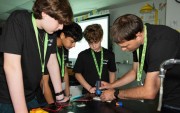


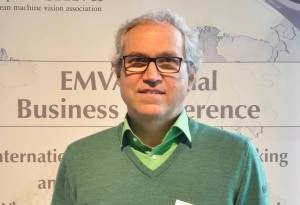

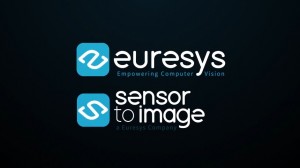






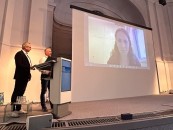

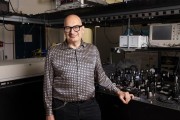



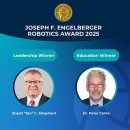

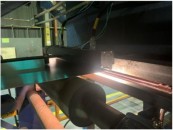

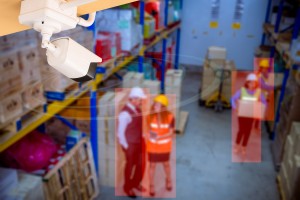
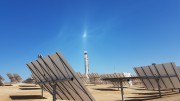
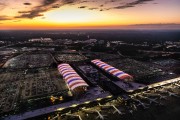
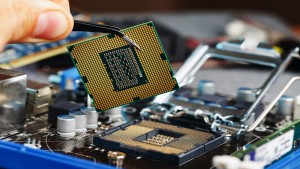
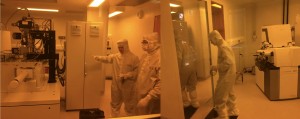
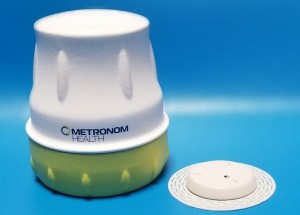


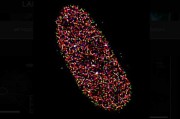
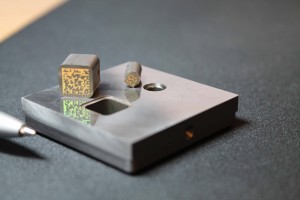
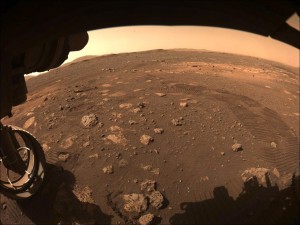
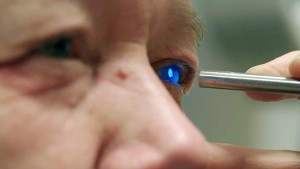
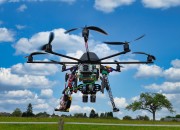
 Back to News
Back to News